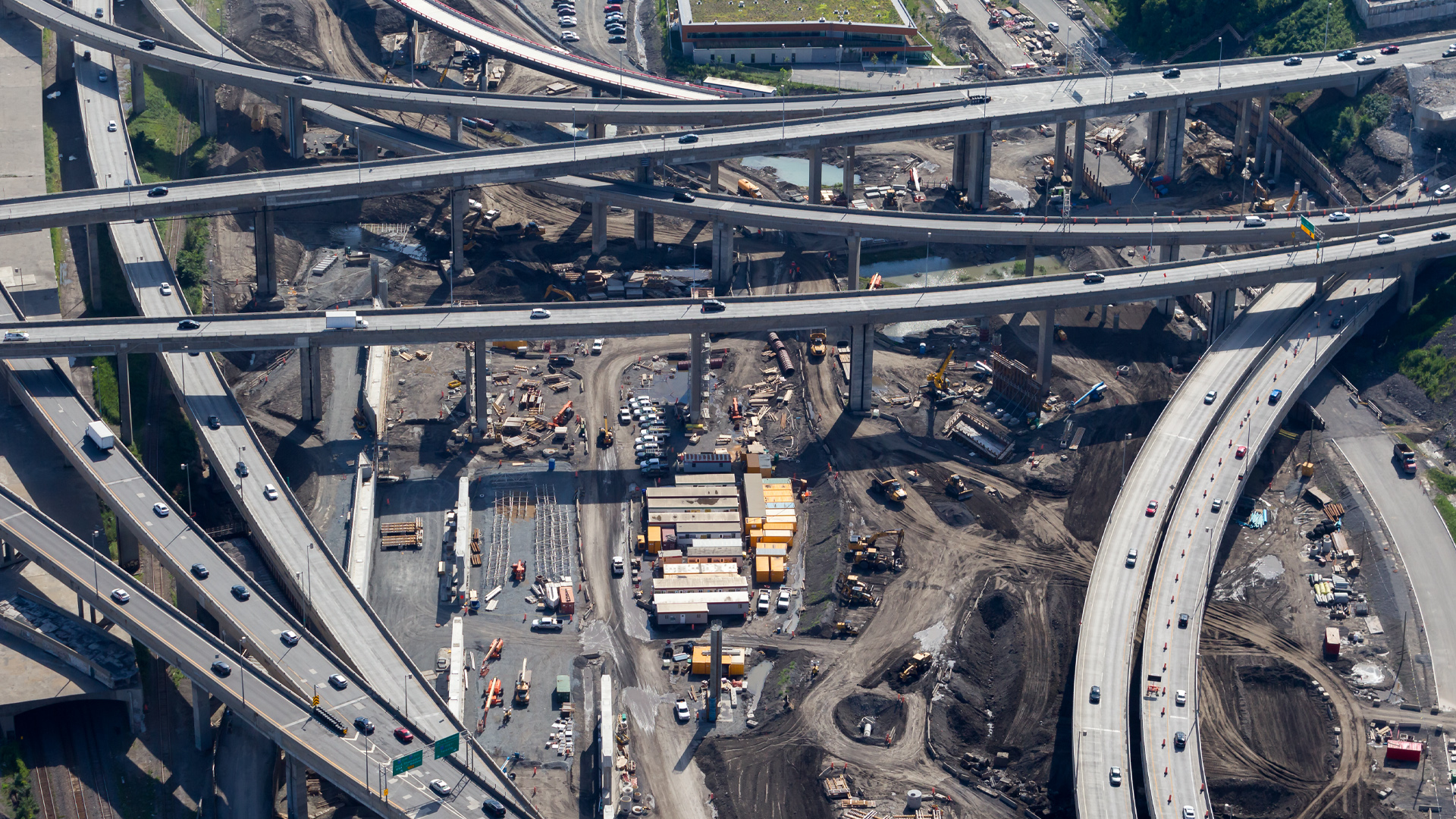
Post-COVID economic recovery and accelerated action on climate change has put green investment at the forefront of the political agenda in Canada and around the world. Too often overlooked in proposed green recovery strategies is how to effectively mobilize and maximize the role the construction industry can play.
The construction sector contributes $141 billion to the economy annually and has untapped potential in addressing climate change, as illustrated in a research paper released by the Canadian Construction Association (CCA). Strength, resilience, sustainability: Canada’s construction sector recommendations on adapting to climate change examines the potential effect of the construction sector on climate change, including its role in reducing greenhouse gas (GHG) emissions, and in fortifying existing and new infrastructure against damage from climate-related events like flooding, ice storms, power outages and extreme heat. It is a call to action for government and key stakeholders on the critical need to build sustainability into infrastructure projects now.
Current procurement practices, such as short-term, low-cost approaches to infrastructure investment, are not sustainable or beneficial to the future of our economy and our climate. A paradigm shift is necessary to achieve long-term investment models that value resiliency and drive better practices.
Resistance to this shift comes from the fact that building with resilience can cost up to 10 per cent more. Yet research indicates that the benefits of investing in adaptation outweigh the costs by a ratio of 6 to 1. If no changes are made to existing practices, it is estimated that infrastructure failures linked to climate change could cost Canada $300 billion over the next decade. The modest increase in costs we face today pales in comparison to those we will face if we are underprepared for the future.
Canada appears to be at a crossroads. There is a national budget deficit of over $500 billion for the 2020 and 2021 fiscal years, and there is also a need to address climate change by meeting greenhouse gas emission reduction targets. The construction industry is affected by both of those things, but there are tangible examples of how it can be a part of the solution rather than a bystander.
So, what needs to happen?
A welcome next step is the federal government’s commitment to conducting a national infrastructure assessment to identify the needs and priorities of our country’s infrastructure, and to plan for a net-zero emissions future by 2050. The assessment is also intended to link government investment to desired policy outcomes and to be used heavily in national post-pandemic recovery planning.
The assessment is an opportunity to provide a national vision for infrastructure resilience, one that should lead to policies and approaches that support better data, technologies, tools and standards for the construction industry.
Climate-related risks, such as extreme weather events, have left all levels of government economically vulnerable. Canada’s significant amount of aging infrastructure exemplifies our need for updated and new assets. According to the Canadian Infrastructure Report Card for 2016, the estimated replacement value for existing assets deemed to be in poor or very poor condition is $141 billion. Yet, over 75 per cent of the associated costs, damages, or disruptions that could arise as a result of climate change could be avoided over a 20-year timeframe.
It is not just governments that have climate adaptation deficits, and a price to pay for avoiding them. Asset developers are also affected, as the payback for building sustainable infrastructure that can withstand climate-related events would represent significant benefits, including cost savings from preventing damages, reducing operating costs and lessening the financial burden of building upkeep over time. A major barrier to overcoming the funding and investment hurdle the construction sector faces is the tendency to invest in projects with the lowest costs. This is often supported by real estate investment trusts and asset developers, including governments, that continue to value short-term return on investment and low costs, instead of prioritizing resiliency. However, this practice may be counterproductive if it restricts investment in higher-cost but higher-potential long-term projects.
For instance, there is a longstanding tendency in requests for proposals for construction projects, whether in the commercial and office or wastewater and roadbuilding categories, to award bidders on the basis of lowest cost and overlook the value of long-term resilience. As such, the construction industry faces a critical barrier to the deployment of more sustainable materials.
One of the fundamental recommendations of the CCA’s research paper is that Canada needs policies and approaches that aid in making new processes less risky, push for the adoption of better practices and pay for the use of more sustainable materials.
Governments must first be prepared to lead the way in changing attitudes about procurement and long-term infrastructure investments so that the lowest bid isn’t the model upon which projects are allocated.
The Canadian construction sector stands ready to help our nation’s green recovery and do what it takes to build resilience and build back more sustainably.
The federal government’s infrastructure assessment will be important for driving positive policy changes. It may make the development and deployment of sustainable innovations that align with national infrastructure goals easier, despite their higher costs. The assessment could also benefit the industry by ensuring the continued development of the Canadian Standards Association’s national resilience taxonomy, due for release in summer 2021, to help identify investments as sustainable, as well as improving data accessibility within the industry like climate modeling. All of which would support a long-term investment model that values resiliency, as well as boost sustainability efforts across the industry.
The Canadian government has given some indication of a sustainable shift in the construction sector. Both the federal government’s December 2020 Climate Plan and its Investing in Canada Plan make commitments to climate-friendly changes in infrastructure, such as ensuring building materials are low-emission and addressing the infrastructure gap.
However, making commitments isn’t enough. We also need effective implementation of commitments, which will require collaboration across many sectors to foster true industry transformation. Strength, resilience, sustainability is the construction sector taking initiative, providing insight, and inviting the government to partner with us in planning wisely for the future.
The Canadian construction sector stands ready to help our nation’s green recovery and do what it takes to build resilience and build more sustainably. We are committed to continuing to work with government at all levels to ensure that Canada is building for the future.










